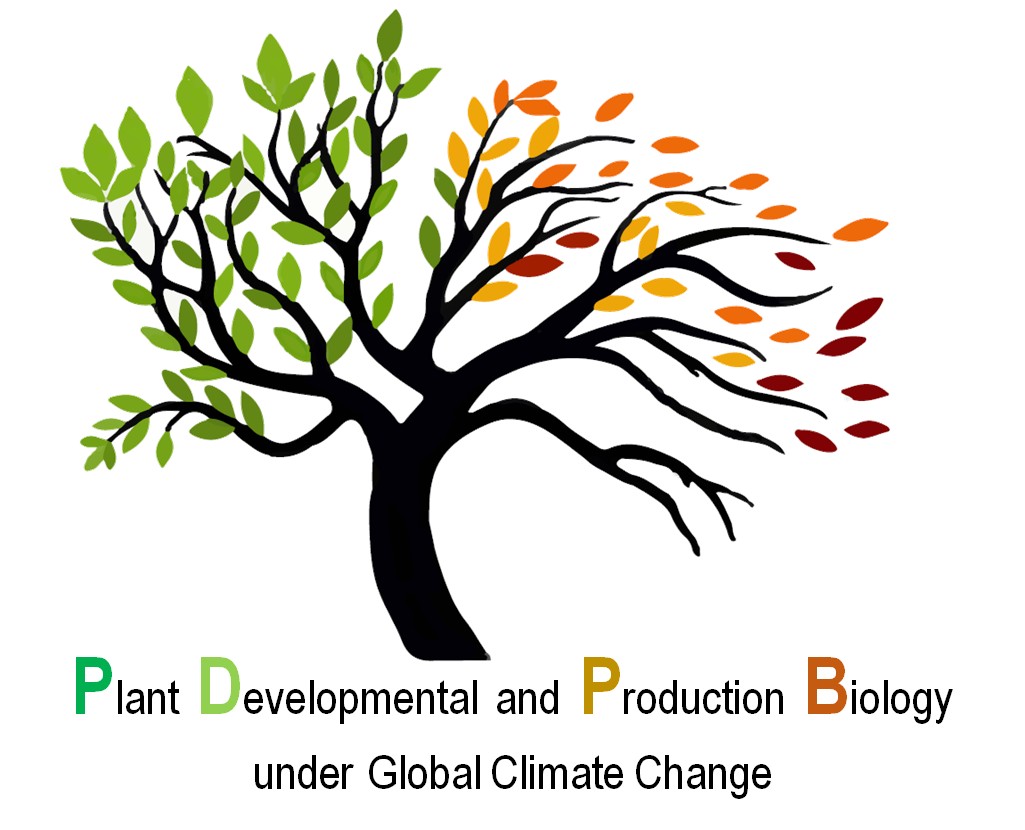| |
|
Photosynthetic and Growth Responses of Arundo donax L. Plantlets Under Different Oxygen Deficiency Stresses and Reoxygenation
|
| |
|
Pompeiano A [a], Huarancca Reyes T [b], Moles T M [b], Guglielminetti L [b], Scartazza A [c] |
| |
|
|
| |
|
[a] Central European Institute of Technology, Brno University of Technology, Brno, Czech Republic
[b] Department of Agriculture, Food and Environment, University of Pisa, Italy
[c] Institute of Research on Terrestrial Ecosystems, National Research Council, Monterotondo Scalo (RM), Italy
|
| |
|
|
| |
|
Promotion of nonfood species production to marginal, degraded lands abandoned by mainstream agriculture is affected by extremes of water availability (droughts and floods), which have increased in frequency and intensity and account for severe yield reduction. Arundo donax L., known as giant reed, has been recognized as a leading candidate crop in the Mediterranean for lignocellulosic feedstock due to its high C3 photosynthetic capacity, positive energy balance and low agroecological management demand. In this study, the photosynthetic performance and growth response of A. donax to waterlogging and submergence stress following a time course as well as their respective re-oxygenation were analyzed under reproducible and controlled environment conditions. Results of growth response showed that biomass production was strongly conditioned by the availability of oxygen. The simultaneous measurements of both gas exchanges and chlorophyll fluorescence highlighted an alteration of both stomatal and non-stomatal photosynthetic behaviors during a short/ medium period of oxygen deprivation and re-oxygenation. Photosynthetic CO2 uptake was strictly related to a combination of stomatal and mesophyll diffusional constrains, depending on the severity of the treatment and exposure time. Conditions of waterlogging and hypoxia revealed a slight growth plasticity of the species in response to prolonged stress conditions, followed by a fast recovery upon reoxygenation. Moreover, the rapid restoration of physiological functions after O2 deprivation testifies to the environmental plasticity of this perennial rhizomatous grass, although prolonged O2 shortage proved detrimental to A. donax by hampering growth and photosynthetic CO2 uptake.
|
| |
|
|
| |
|
|
|

